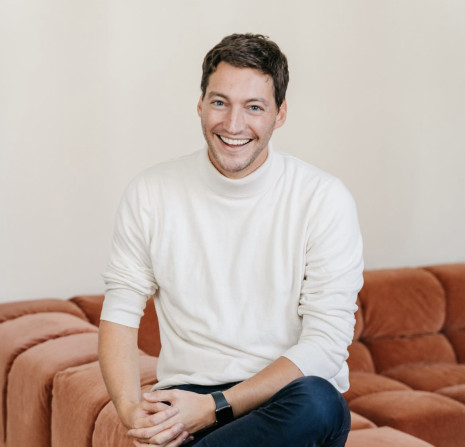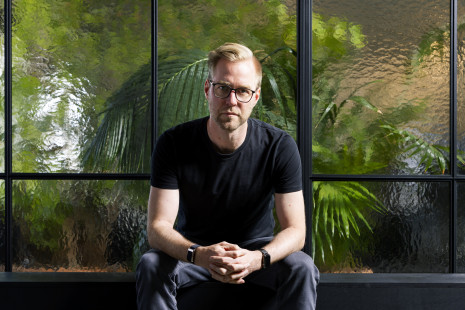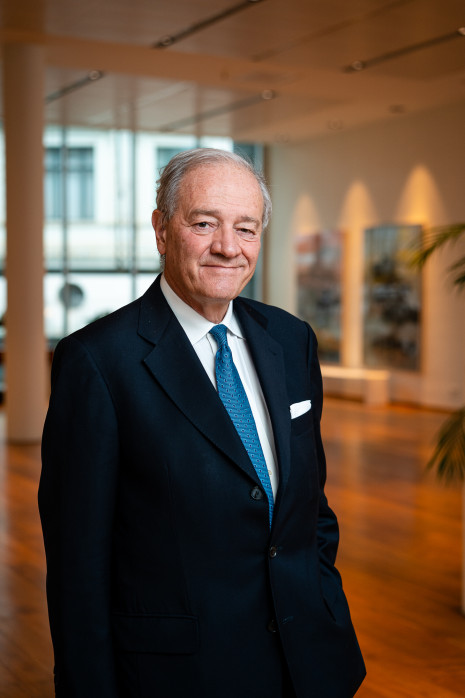David Ziegler
CCO D-CRBN
We have a very good relationship with the City of Antwerp, which closely monitors our latest developments.
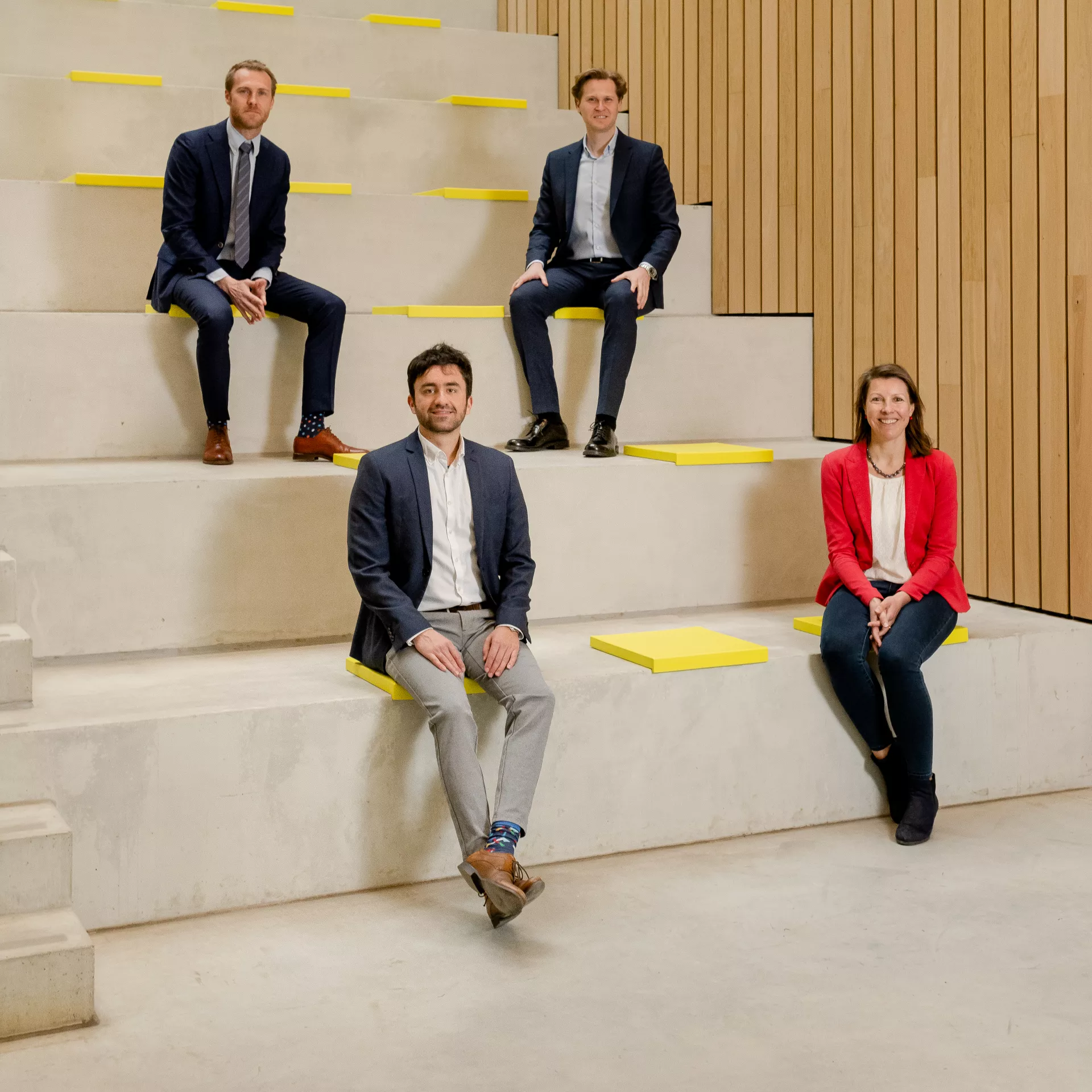
D-CRBN: Made-in-Antwerp climate technology with global potential
With climate tech firmly on the international radar, the huge chemical cluster at the Port of Antwerp-Bruges is helping to turn Antwerp into a fertile location for the development of new applications, making a tangible difference in the journey towards a carbon-free future. The Antwerp start-up D-CRBN was founded in 2021 as a spin-off from the University of Antwerp and, just two years later in start-up phase, is on the cusp of a major breakthrough. The company is based in the BlueChem district, an incubator for sustainable chemistry located in the Blue Gate Antwerp circular business park. D-CRBN is planning a significant expansion in the nearby Blue App pilot hall, the University of Antwerp's open innovation hub and pre-incubator for sustainable chemistry.
Perfectly scalable
D-CRBN's plasma reactors will soon be set up in the large production hall. The aim is to validate the new technology for commercial use. David Ziegler, CCO, explains, "The plasma reactors we’re going to install will have a capacity of 1,000 tons of CO2. It will be an exact, but larger-scale, replica of our current pilot setup in BlueChem. There will be no need for any changes or redesigns. This scalability offers a tremendous advantage."
The first pilot line, with a commercial capacity of 10,000 tons, is in sight thanks to significant interest from the Antwerp chemical cluster and further afield. CO, the byproduct of the plasma reactor, is a raw material for plastics, such as ethylene and polypropylene, and also for green methanol, by combining CO with hydrogen. "We are already attracting attention from abroad," says David Ziegler. "To make the Antwerp chemical cluster more sustainable, there is a growing focus on using byproducts from one process (such as CO) as a raw material or energy source in another process. This is the circular economy in practice in which companies can play a significant role."
BluePlasma Consortium
In January 2023, D-CRBN established the BluePlasma consortium, which includes industrial giants like ArcelorMittal, BASF, ENGIE, and VOPAK, along with Talenco, the University of Antwerp, and the VITO research institute. This interdisciplinary cooperative research project, known as an ICON project, is supported by the Flemish innovation agency VLAIO.
"We have ensured that the entire Carbon Capture and Storage (CCS) value chain is represented. ArcelorMittal and BASF are major carbon (CO2) capture companies and users of carbon monoxide (CO). VOPAK specialises in storage, while ENGIE, an energy multinational, focuses on sustainable energy. D-CRBN adds the Utilisation component to CCS, standing for Carbon Capture and Utilisation (CCU). We are plugging into the existing value chain. We don’t capture CO2 ourselves. Instead, we are in discussions with certain partners, whose names we cannot yet reveal as we haven’t received their permission. Talks are ongoing."
The extensive chemical cluster in Antwerp Port makes it an ideal location for D-CRBN. "The Port of Antwerp represents the largest integrated (petro)chemical cluster in Europe. Of the 98 million tons emitted by Belgium each year, 18 million tons come from the Port of Antwerp. The city of Antwerp is therefore the perfect location for the industrial-scale roll out of our CO2 conversion technology. We can do this with a small carbon footprint because our technology is fully electrified and can be powered by renewable energy. The ability to switch the reactor on and off, without negatively impacting the processes, even during fluctuations in energy supply, is unique. That's why energy company ENGIE is also part of the consortium. Plasma technology is the most cost-effective option for converting CO2 into CO and oxygen.
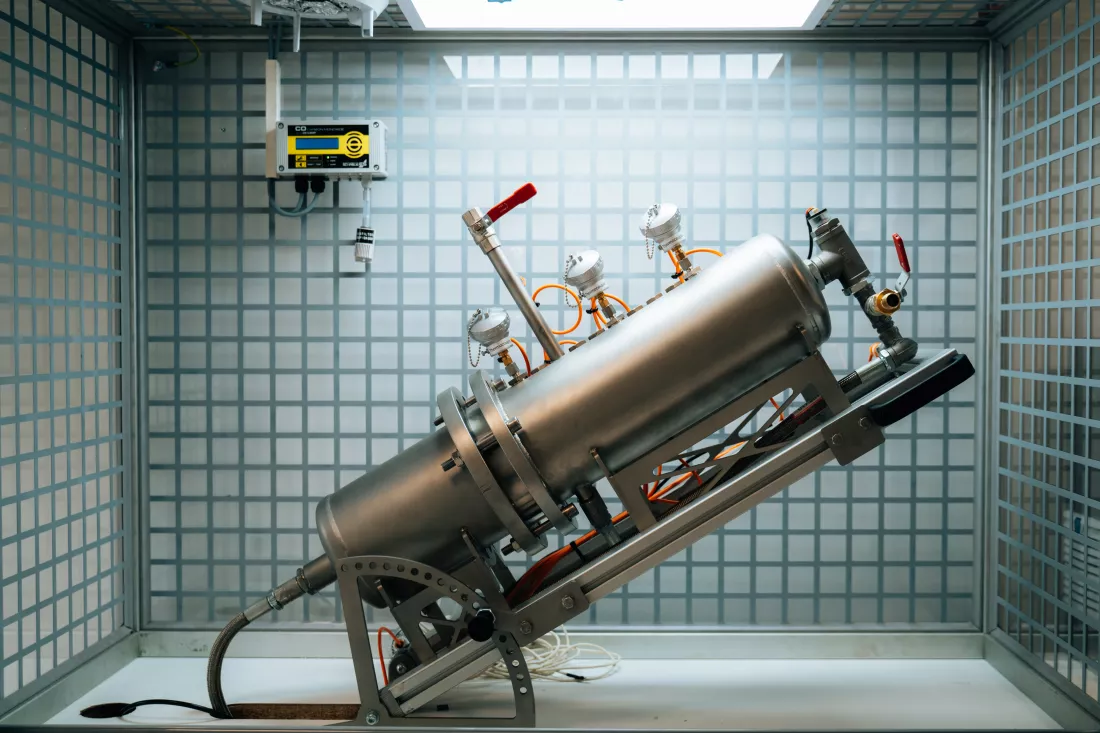
A future gigafactory
D-CRBN plans to commercialise the technology on a phased basis. "Converting 10,000 tons of CO2 per year is the minimum threshold for large industrial companies to install plasma reactors on-site. 50,000 tons can be processed on a site by simply placing 5 reactors side by side. Our reactors are adapted to the size of standard 40-foot containers, making them easily transportable, especially in the port. We ultimately want to build autonomous gigafactories worldwide, with reactors capable of converting 1 million tons of CO2."
Will Antwerp have the honour of hosting the first one? "The NextGen site for sustainable chemistry in the Port of Antwerp-Bruges would be the perfect location for our first plant. D-CRBN is a purely made-in-Antwerp product that has only emerged thanks to over 10 years of basic research at the University of Antwerp, under the leadership of Professor Annemie Bogaerts. Together with our CEO, Gill Scheltjens, and CTO, Georgi Trenchev, she has played a pivotal role in the creation of D-CRBN. Annemie Bogaerts is a professor in the Department of Chemistry at the University of Antwerp and head of the world-renowned PLASMANT research group, comprising more than 50 researchers. Our close ties with the university provide us with excellent access to the latest technology. D-CRBN also has a rapidly growing international multidisciplinary team, including CTO Georgi Trenchev, formerly a doctoral researcher at UA."
Antwerp as a backbone
The City of Antwerp invested in the startup phase, enabling us to build our prototype in the lab. "We have a very good relationship with the City of Antwerp, which closely monitors our latest developments. The Antwerp innovation ecosystem for sustainable chemistry, made up of BlueApp, BlueChem, Blue Gate Antwerp, and NextGen District, forms a unique backbone that is invaluable for our development and growth. It strongly encourages and facilitates interactions between start-ups and multinationals. BlueChem, for example, is home to multinational companies such as BASF, Air Liquide, Borealis, ExxonMobil, INEOS, and VOPAK, making initial contacts much more accessible. In addition to the City of Antwerp, the Flanders region, through the Agency for Innovation and Entrepreneurship (Vlaio) was also an important partner during the startup phase. Now that we are scaling up, our project is in perfect alignment with the European Green Deal. We are currently exploring options for European funding, and are planning a capital round in 2024."
David Ziegler is confident about the future of D-CRBN in Antwerp and abroad. "The climate problem can’t be tackled with software alone. It requires hardware, such as our plasma technology. We strongly believe in multimodal solutions for a carbon-neutral world, and D-CRBN will certainly be a part of that."
